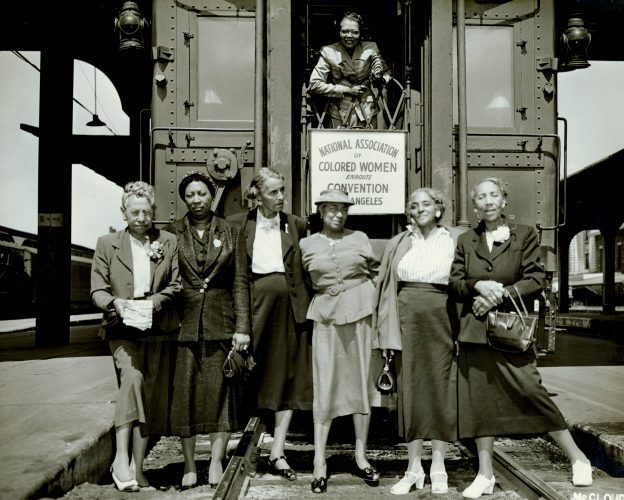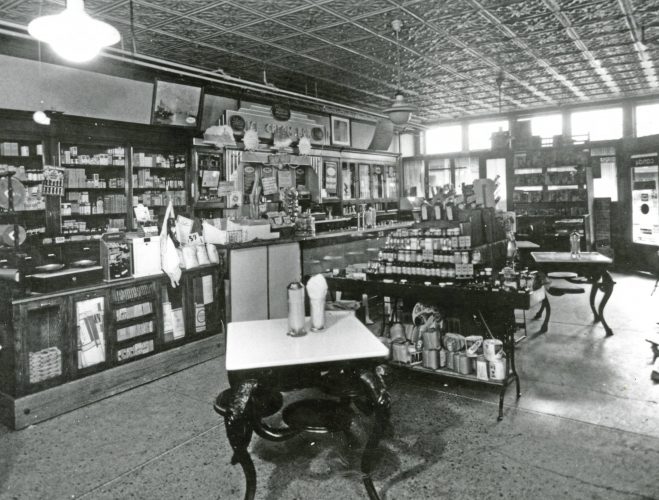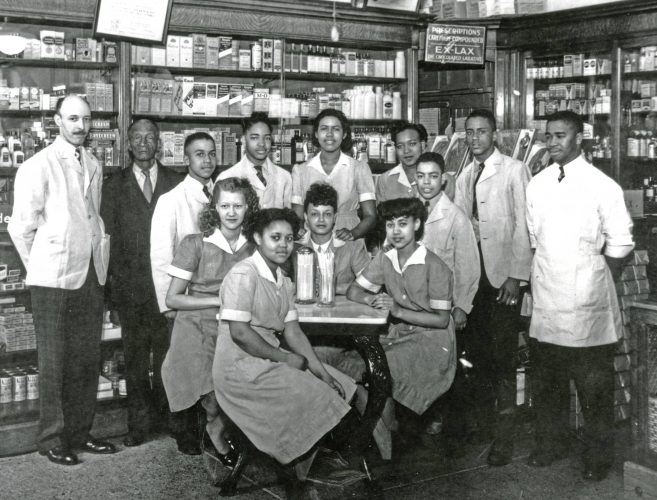Pharmacist and Civil Rights Leader: The Life of Ella P. Stewart

In the United States, United Kingdom, and Australia, March is designated as Women’s History Month, which serves as a time to celebrate the uncountable contributions women have made throughout history. Despite myriad obstacles, women continue to pave the way in science, medicine, education, politics, social justice, arts and literature, and much more. Many of these women are represented on Ohio Memory, both the well-known and the seemingly ordinary women who did extraordinary things for their local community, state, and country. One of these women is Ella P. Stewart.

Ella was born on March 6, 1893, in Stringtown, West Virginia. While working as a pharmacy bookkeeper as a young woman, she took interest in pharmacology and decided to pursue this as her career. Determined to become a pharmacist, Ella P. Stewart did not take no for an answer when the admissions office at the University of Pittsburgh refused to enroll her. Eventually, Stewart convinced university staff to let her enroll, and in 1916 she was the first Black woman to graduate from the School of Pharmacy at University of Pittsburgh. Upon graduation, she was the first Black woman licensed to practice pharmacology in the state of Pennsylvania, and one of the first in the country. After divorcing her first husband, Charles Myers, Stewart married fellow University of Pittsburgh alumnus William Stewart in 1920. Stewart lived in both Youngstown, Ohio, and Detroit, Michigan, before deciding to move to Toledo, Ohio, to open the first Black-owned pharmacy there in 1922.

Not only did Stewart’s Pharmacy serve her community in the business sense, but Stewart often housed Black travelers turned away by local hotels, and opened her apartment above the pharmacy as a welcoming place for various clubs and organizations to hold meetings. Stewart was extraordinarily active in groups herself, and was committed to advancing the lives of Black people and other marginalized groups in her community, country, and around the world. After she retired, Stewart served as president of the National Associated of Colored Women (NACW) from 1948-1952; commissioner to UNESCO in 1963; vice president of the U.S. Chapter of the Pan-Pacific and Southeast Asia Women’s Association from 1960-1962, and its international vice president from 1961-1964; and was also active in her local Young Women’s Christian Association (YWCA) and The Enterprise Charity Club.
Stewart’s legacy as pharmacist, community builder, and civil rights champion has not gone unrecognized. In 1969, Stewart received the Distinguished Alumni Award from University of Pittsburgh, and was inducted into the Ohio Women’s Hall of Fame in 1978. Perhaps her most special honor was the naming of a Toledo elementary school after her, the Ella P. Stewart Academy for Girls.
As a Black woman in the 1920s, Stewart adamantly pursued a career in a science field with limited access to women and people of color. Not only did she defy all odds in her professional life, but she used her success to fight for justice and bring people together.
To learn more about Ella P. Stewart, browse materials related to Stewart’s life on Ohio Memory, or visit the Center for Archival Collections at Bowling Green State University to view the Ella P. Stewart Papers.
Thanks to Kristen Newby, Digital Projects Coordinator at the Ohio History Connection, for this week’s post!



Leave a Reply
You must be logged in to post a comment.